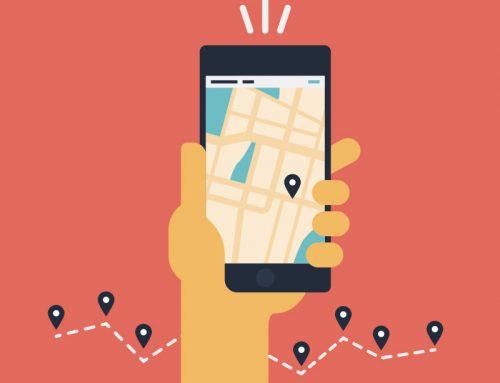6 WordPress User Permission Levels You Need to Know
WordPress user permissions are easy to overlook, but they’re crucial to keeping your website secure and the people who use it happy. When you create an account on WordPress, you’re automatically given the Administrator level of access, which means you can change anything you want about the site and its content — including deleting it all! This might seem like a good idea at first, but as you grow more successful (and more popular!), it will be important to choose lower levels of access that allow other users to contribute and maintain the site, but not control it completely.
1. Super Admin
The Super Admin user has complete control over every aspect of your site. They can create, modify, delete and activate any and all plugins on your site. This user is able to change any theme settings. They can also change their own username, email address, etc., and change their password anytime they want. The Super Admin cannot add new users but can remove existing ones from your site at will.
2. Administrator
An Administrator has full control over all of your website’s content, including editing and deleting posts, pages, and other content. The default Admin username is Admin with a blank password. If you do not change these settings after installing WordPress or updating an existing site, then anyone can access your site as an Administrator.
3. Author/Editor
Lara Hogan (@lara) – Director of Product Design at Kickstarter. Previously she was a UX designer for Google and its Project Fi wireless service. She is now a design partner with Valio, a startup building tools for better communities online.
4. Contributor
Andrew G. I’m Andrew and I’ve been working in information technology for over 10 years. My mission is to help people understand technology and how it can be leveraged like never before. Find out more about me on Google+. Connect with me on LinkedIn View my complete profile Follow Me
5. Subscriber
A subscriber is a person who reads your website’s content, but isn’t logged in. This means you can only see whether or not they visit your website, but nothing else.
6. Anonymous Users
You don’t have to do anything with anonymous users. Every time a visitor goes to your website, he or she is considered an anonymous user. In most cases you can’t view their IP address or even see what they typed into Google before landing on your site.







